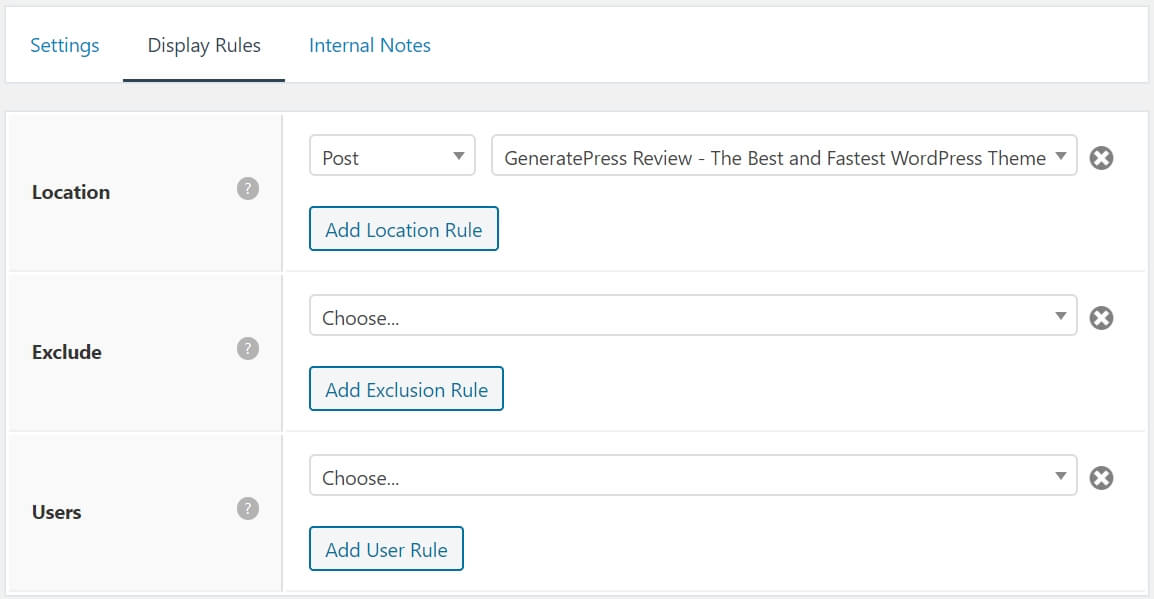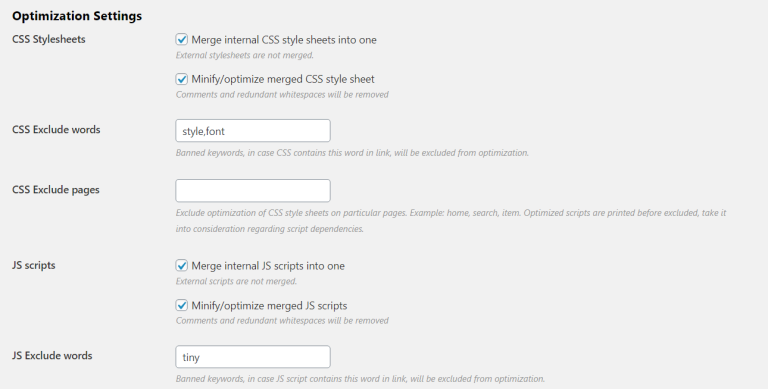
In the ever-evolving world of SEO, staying ahead of the curve is crucial. One of the most effective strategies for increasing visibility and driving organic traffic is leveraging FAQ Schema. This structured data markup allows your content to appear as a rich result in search engine results pages (SERPs), making it more prominent and engaging for users. In this article, we’ll explore how to use FAQ Schema effectively, why it matters, and how it can transform your SEO strategy.
What Is FAQ Schema and Why It Matters
FAQ Schema is a type of structured data markup that helps search engines understand and display your frequently asked questions (FAQs) in a more user-friendly format. When implemented correctly, it can appear as a rich snippet, which is a special feature in Google’s SERP that highlights key information from your page.
This is particularly valuable because rich snippets take up more space on the search results page, increasing the chances of users clicking through to your site. According to studies, pages with rich snippets often see a significant boost in click-through rates (CTRs), sometimes by as much as 50% or more.
Moreover, with the rise of voice search and AI assistants, having structured data like FAQ Schema becomes even more critical. These technologies rely heavily on structured data to provide quick, accurate answers to user queries.
How FAQ Schema Impacts SEO Performance
The benefits of implementing FAQ Schema go beyond just visibility. Here’s how it affects your overall SEO performance:
1. Improved CTR and Traffic
Rich snippets make your listing stand out, encouraging users to click on your link instead of others. This directly translates to higher organic traffic.
2. Enhanced User Experience
By providing clear, concise answers to common questions, you improve the user experience. Users are more likely to stay on your site and engage with your content if they find what they’re looking for quickly.
3. Better Search Intent Alignment
FAQs naturally align with search intent—users are looking for answers, not just links. By addressing their questions directly, you increase the likelihood of your content being seen as relevant and authoritative.
4. Increased Brand Authority
When your content appears as a rich result, it signals to users that your website is a trusted source of information. This can help build brand authority and credibility over time.
5. Voice Search Optimization
As mentioned earlier, voice assistants like Google Assistant and Siri often pull answers from rich snippets. Optimizing for FAQ Schema ensures your content is more likely to be featured in these responses.
Step-by-Step Implementation Framework
Implementing FAQ Schema may seem daunting at first, but with the right tools and approach, it’s straightforward. Follow this step-by-step guide to get started:
1. Define or Audit the Current Situation
Before adding any schema, assess your existing content. Identify pages where FAQs would add value—such as product pages, service pages, or blog posts. Use tools like Answer The Public or Google Autocomplete to find popular questions related to your niche.
2. Apply Tools, Methods, or Tactics
There are several ways to implement FAQ Schema:
- WordPress Plugins: If you’re using WordPress, plugins like Rank Math or Yoast SEO offer built-in support for FAQ Schema.
- Manual Markup: For non-WordPress sites, you can manually add JSON-LD markup to your HTML. Use tools like JSON-LD FAQ Schema Generator to create the code.
- Content Management Systems (CMS): Many CMS platforms have built-in options for adding structured data. Check your platform’s documentation for specific instructions.
3. Measure, Analyze, and Optimize
Once you’ve added the schema, monitor its performance using Google Search Console and Google Analytics. Track metrics like click-through rate, impressions, and dwell time. Use this data to refine your FAQs and ensure they’re delivering maximum value.
Real or Hypothetical Case Study
Let’s take a look at a hypothetical case study of an e-commerce company that implemented FAQ Schema on their product pages.
Background:
A clothing retailer noticed that many customers were searching for details about sizing, return policies, and material composition. However, their product pages didn’t address these questions clearly.
Strategy:
They added FAQ Schema to each product page, answering common questions like:
– “What is the size chart for this item?”
– “Can I return this item if it doesn’t fit?”
– “Are the materials hypoallergenic?”
Results:
After implementing the schema, the company saw a 35% increase in CTR for those product pages. Additionally, dwell time increased by 20%, and conversion rates improved by 12%. The rich snippets also helped the brand appear more prominently in voice search results.
Tools and Techniques for FAQ Schema
Here are some of the best tools to help you implement and optimize FAQ Schema:
- Rank Math – A powerful WordPress plugin that simplifies the process of adding structured data, including FAQ Schema.
- Schema.org Validator – A free tool to test your structured data and ensure it’s error-free.
- Google Rich Results Test Tool – Helps you preview how your FAQ will appear in search results.
- Answer The Public – A great resource for finding popular questions related to your topic.
- Sistrix Keyword Tool – Provides insights into real user questions and search trends.
Future Trends and AI Implications
As AI continues to shape the future of search, the importance of structured data like FAQ Schema will only grow. With the introduction of Google’s Search Generative Experience (SGE) and other AI-powered features, structured data will become even more critical for visibility.
Future trends to watch include:
– More personalized rich results based on user behavior and preferences.
– Integration with AI assistants for faster, more accurate responses.
– Enhanced voice search optimization, where structured data plays a central role.
To stay ahead, focus on creating high-quality, well-structured content that addresses real user needs. Regularly update your FAQs and ensure your schema is always up-to-date.
Key Takeaways
- FAQ Schema is a powerful tool for improving visibility and driving traffic.
- It enhances user experience by providing clear, concise answers to common questions.
- Implementing structured data is essential for modern SEO, especially with the rise of voice search and AI assistants.
- Use tools like Rank Math or manual JSON-LD markup to add FAQ Schema to your site.
- Monitor your performance using Google Search Console and Analytics to refine your strategy.
Now is the perfect time to start leveraging FAQ Schema. Whether you’re a small business owner or a digital marketer, this technique can give you a significant edge in the competitive world of SEO.
Meta Title: How to Use FAQ Schema to Win Rich Results and Boost SEO
Meta Description: Learn how to use FAQ Schema to increase visibility, drive traffic, and boost your SEO strategy. Discover step-by-step implementation tips and tools.
SEO Tags (5): FAQ Schema, Rich Snippets, SEO Tips, Structured Data, Voice Search Optimization
Internal Link Suggestions: Parameter #3: Content Quality, Parameter #5: E-E-A-T, Parameter #8: Voice Search
External Source Suggestions: schema.org, Google Search Console, Answer The Public











